People photos from our travels around India – Part I: Allahabad
We’ve never been that great at taking portrait photos of people. I’m not talking about the technical skill of actually taking the photo, more the going up to someone and asking them if we can take their picture. We are not into just sticking a camera in someone’s face and shooting without consent but equally, we are both quite sheepish when it comes to asking for permission. As a result, you won’t see too many people-shots in our portfolio. We know it’s a bit of a failing and it is something we try and work on but for the moment that’s how it is.
There is one place, however, where we do have more confidence to go up to an individual or a group of people and ask if they mind having their photo taken and that’s India. For us, India is the ultimate assault on the senses – it’s our favourite country on the planet, it’s the place we have visited the most (over fifty times between the two of us) and it is probably the place we know better than anywhere else. It’s not just the diversity that draws us back to India time and time again, it’s also the people. There’s never a dull moment when you travel in India and this is largely down to the diversity of the population – from trendy Mumbaites hanging out at Leopold Cafe (*) to old-style Major General types in the palaces of Rajasthan; to humble villagers in Gujarat to cocky teenagers on holiday in Darjeeling – India has all types but there is one thing that they have in common and that is they enjoy having their photo taken.
(*) Aaah, the Leopold Cafe… a legendary Mumbai waterhole that features heavily in Gregory David Roberts’s brilliant novel, Shantaram, and even has its own Wikipedia page. We’ve spent many a long afternoon and evening sampling ice-cold Kingfisher beer and VERY strong G&Ts at Leopolds.
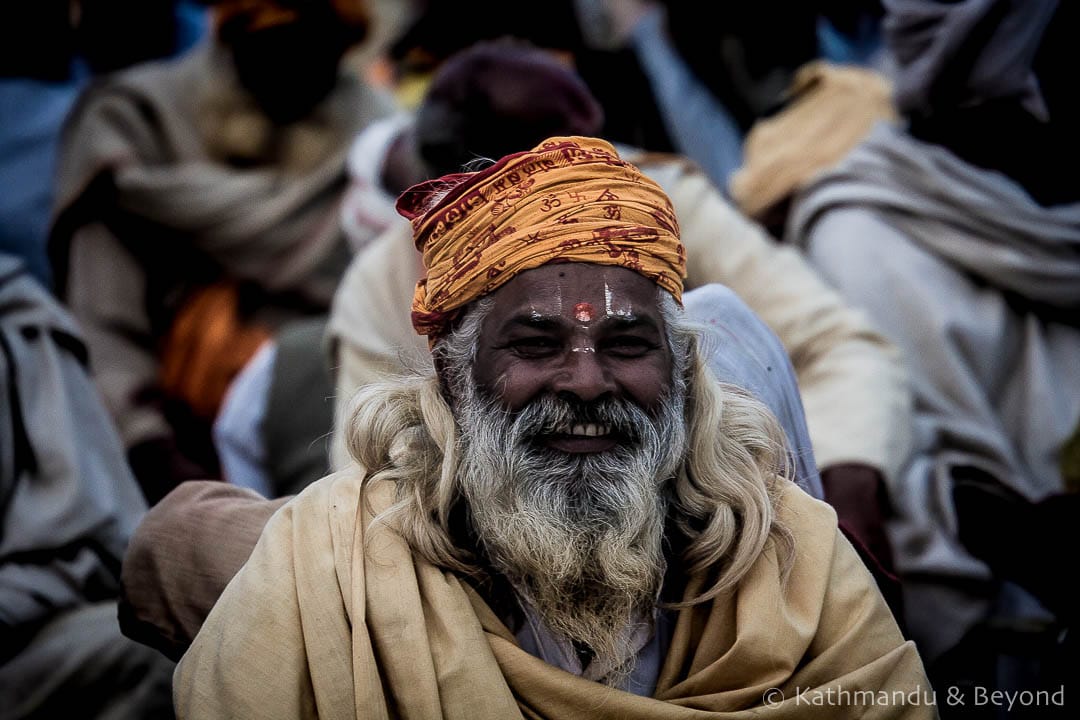
Of course, I’m making a huge generalisation here. Not all of India’s vast population love posing in front of a camera but compared to many places we visit, it certainly feels like it sometimes. We walk around cities and places of interest with a bulky SLR camera slung around our necks. This combined with the fact that we often go to off-the-beaten-track destinations when visiting the country means that we attract a reasonable amount of attention and it’s not long before we begin to engage with those around us (*)
(*) The same was true when we visited neighbouring Bangladesh. You can read about our experience of being the subject of hundreds of selfies in Bangladesh here.
Without a doubt, we benefit from the fact that the majority of Indians speak excellent English and we can converse freely. We have been visiting India for more than twenty-five years, have good friends there and we are comfortable with the culture. Plus it helps that I know a bit about cricket, which is the perfect icebreaker for at least 95% of the male population, and Kirsty looks good in a sari!
So, the first in our series of Face of India focusses on our visit to Allahabad in February 2013.
Situated in the Indian state of Uttar Pradesh, about 660km southeast of Delhi and 790km west of Kolkata, Allahabad is like many other large cities in India – overpopulated, noisy, chaotic and with terrible traffic jams. For the average tourist visiting India, there wouldn’t be much call to include Allahabad in an itinerary. There are a few sites in the centre of the city (Raj-era buildings, temples and parks) but nearby (and better known) Varanasi is a far more engrossing place to spend a bit of time.
Yet, mention Allahabad to any one of India’s one billion Hindus (and any Hindu outside of India for that matter) and they will confirm the significance of the city as part of their religious beliefs.
Allahabad’s importance is based on the belief that the Hindu god of creation, Brahma, landed on earth in the city when it was known as Prayag and pronounced it the most important of all pilgrimage sites. The most auspicious part of the city is Sangam, a river confluence where two of India’s holiest rivers, the Ganges and the Yamuna, connect with one of Hinduism’s mythical rivers, the Saraswati. This area is the most revered of India’s four Kumbh Mela locations and attracts hundreds of thousands of pilgrims annually, a figure that rises significantly (into the millions) during either a Kumbh Mela, Ardh Mela or a Maha Kumbh Mela.
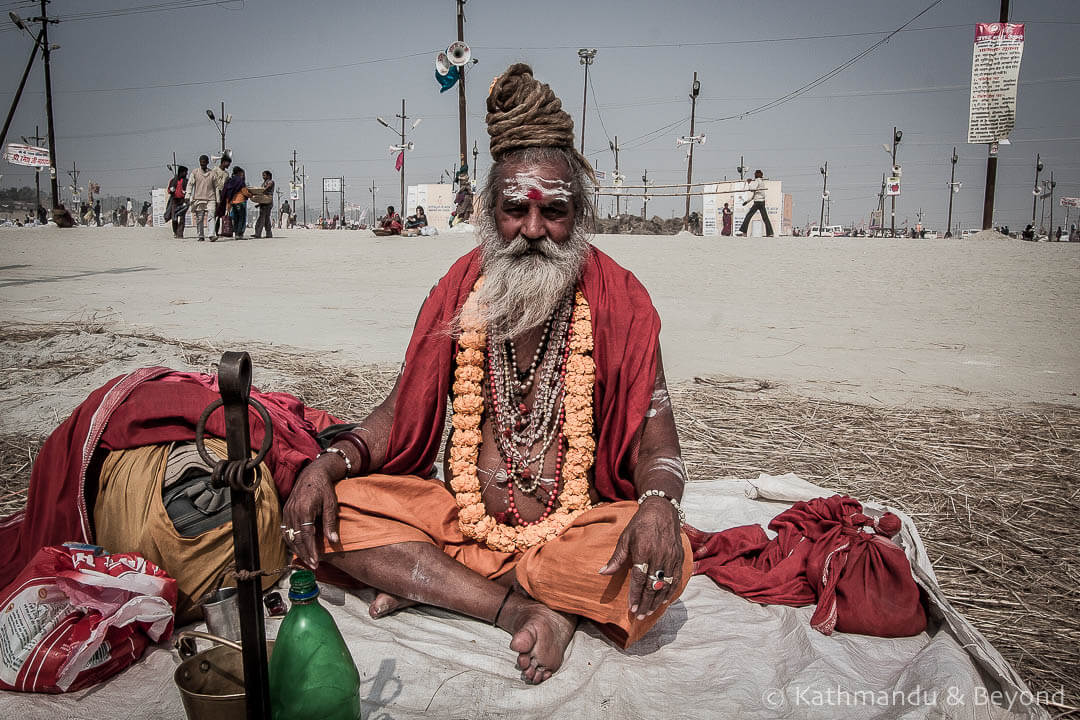
In February 2013 we spent about five days in Allahabad and attended a Maha Kumbh Mela. We wrote about our experience at the Kumbh festival shortly after our visit, but in case you don’t have the time or inclination to read that particular post, below is a brief extract that explains what a mela is and why is it so important.
The Kumbh Mela is a mass pilgrimage for Hindus and happens every three years at one of India’s four sacred places where bathing to purify the body and soul is considered most auspicious – Allahabad, Haridwar, Ujjain and Nasik (returning to each of four places every twelve years). In other words, it takes place every 12 years at Allahabad and is known as a Purna (complete) Kumbh Mela. After 12 Purna Kumbh Mela – 144 years later – the Maha Kumbh Mela happens. Allahabad is a particularly auspicious place because it’s where 3 rivers – the Ganges, Yamuna and mythical Saraswati meet. An Ardh (half) Mela takes place six years after the Maha Kumbh in each location.
It goes without saying that the experience was mind-blowing. Incredibly, there was hardly any western tourists present and we were often the centre of attention. Taking photos was never a problem and more often than not we were invited to do so by the willing participants. As with any keen photographer attending an event that they know with 100% certainty they will never visit again (I doubt if we will live to 2157!), we took way too many shots and below is just a smidgen of what we have backed up on hard drives and in a virtual cloud somewhere up there.
If you ever get a chance to witness a mela, take it! As I pointed out in my original article, the whole set-up was a pretty civilised affair when you consider the scale and the organisation required to pull it off and for us the Kumbh Mela ranks as one of the highlights of almost eight years of continuously being on the road.
Faces of India
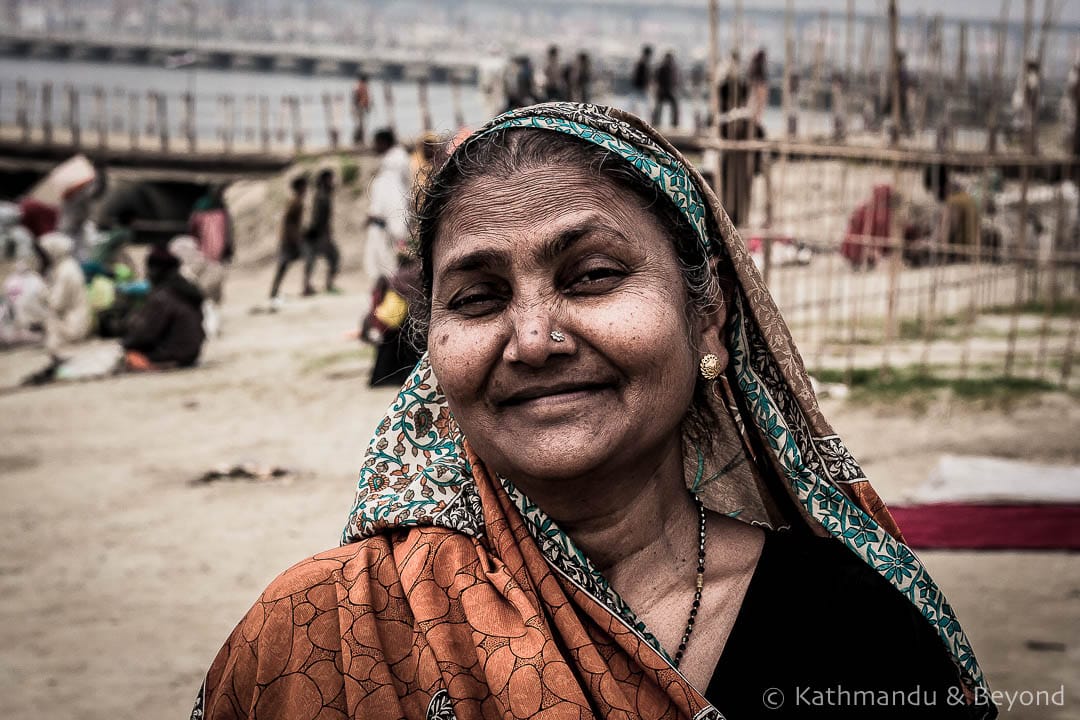
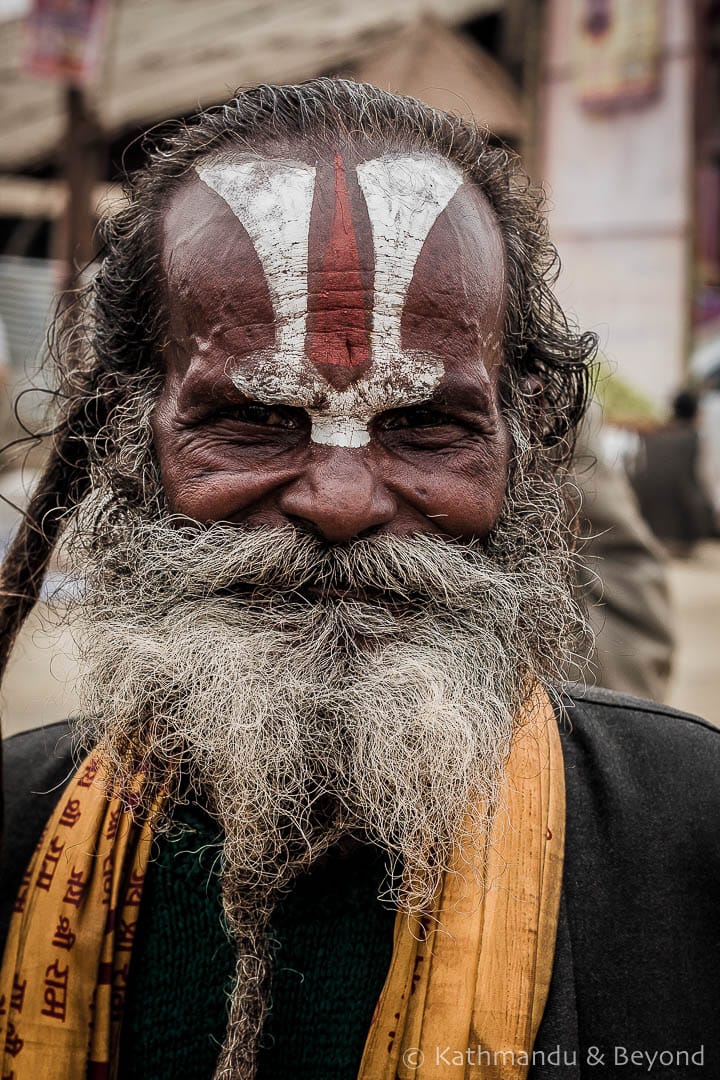
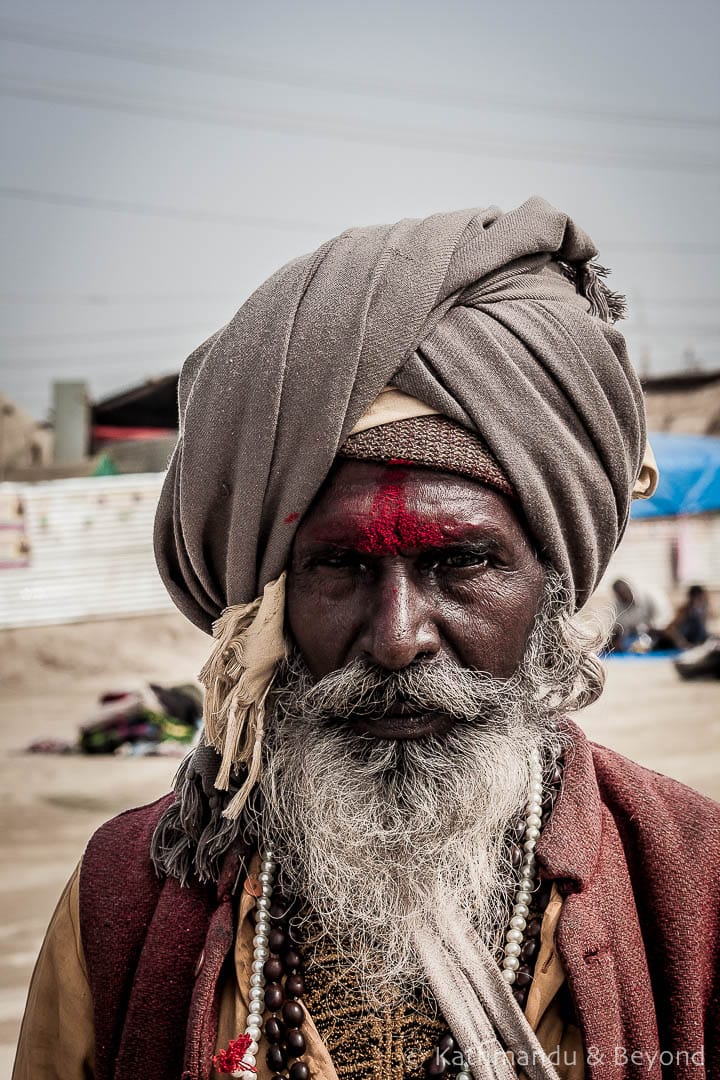
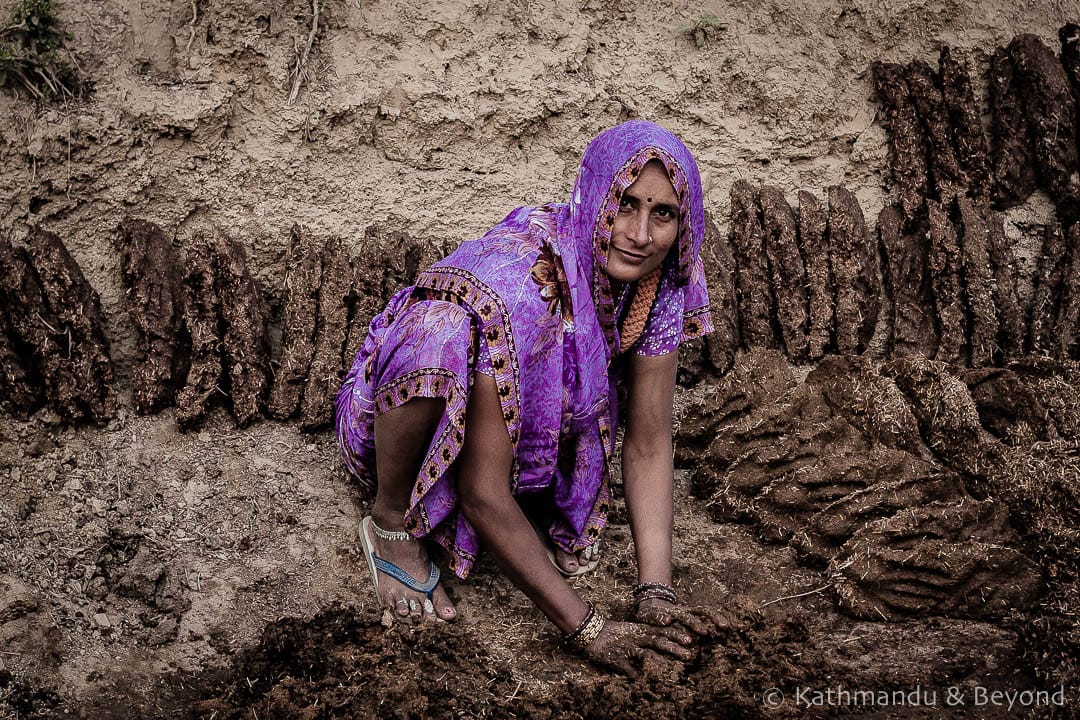
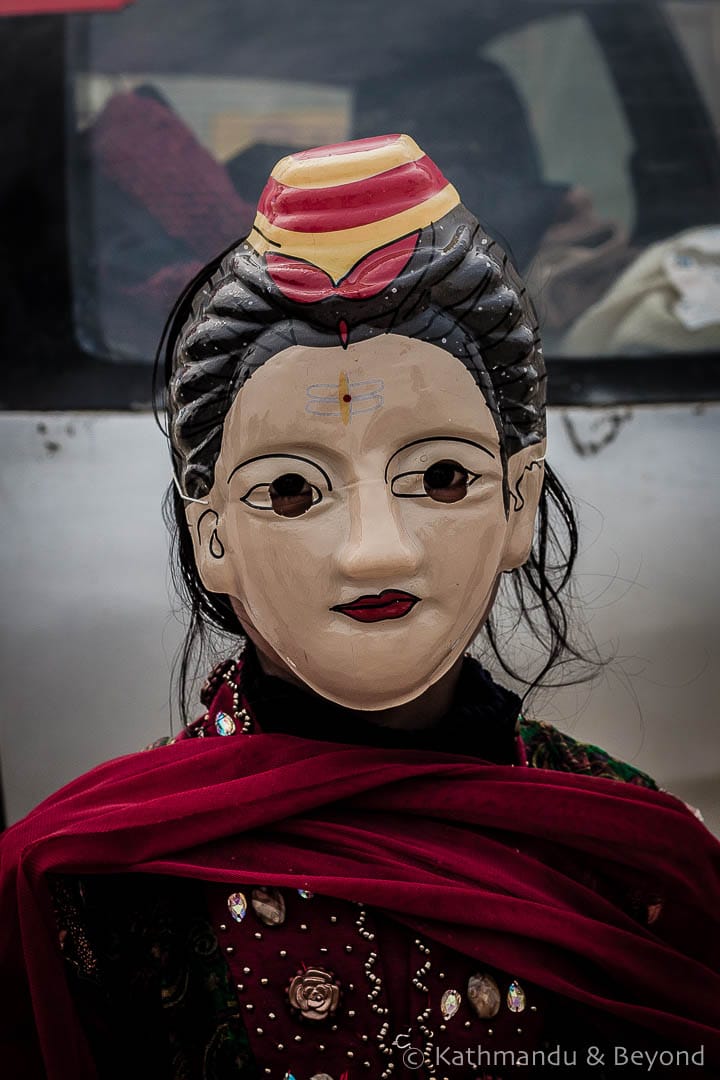
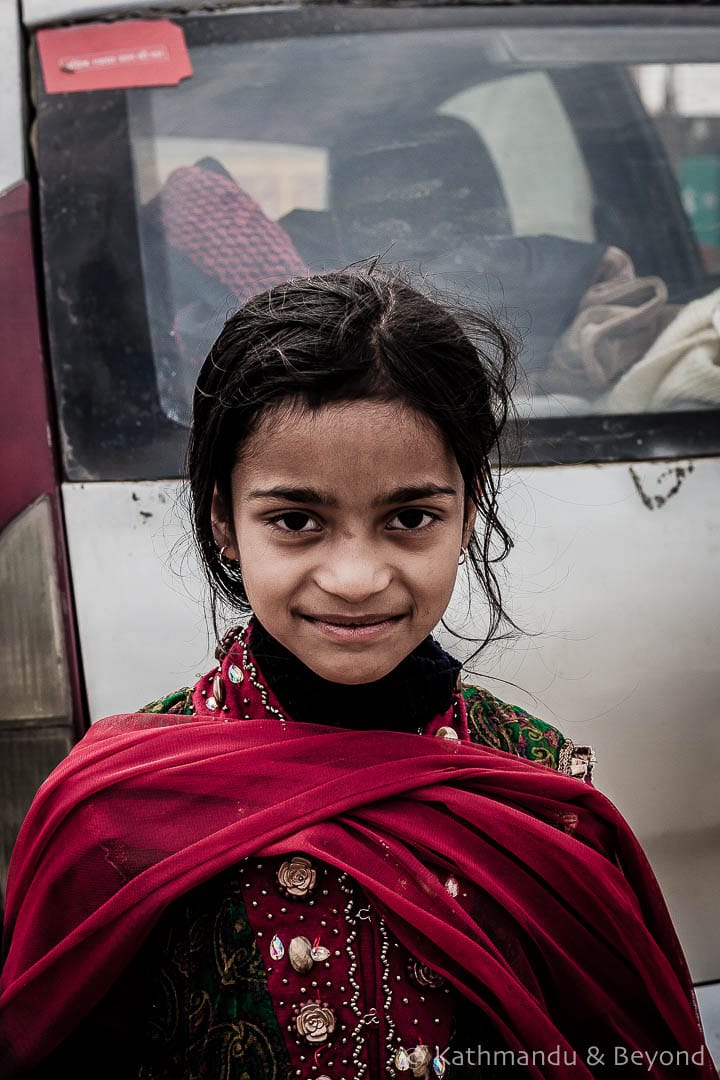
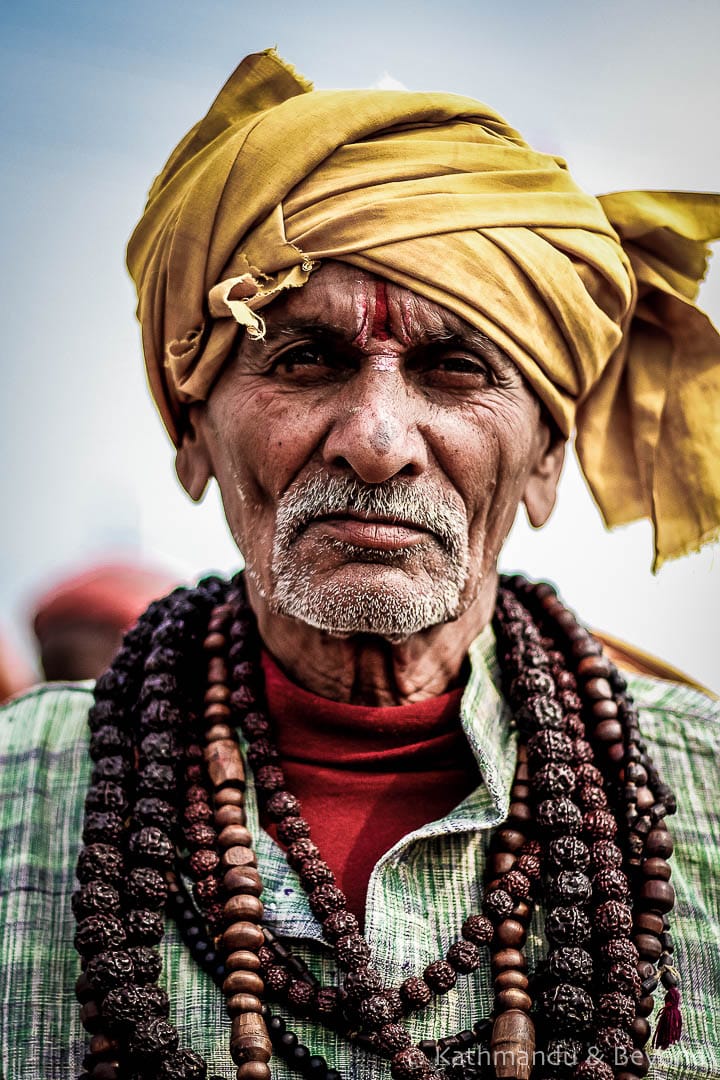
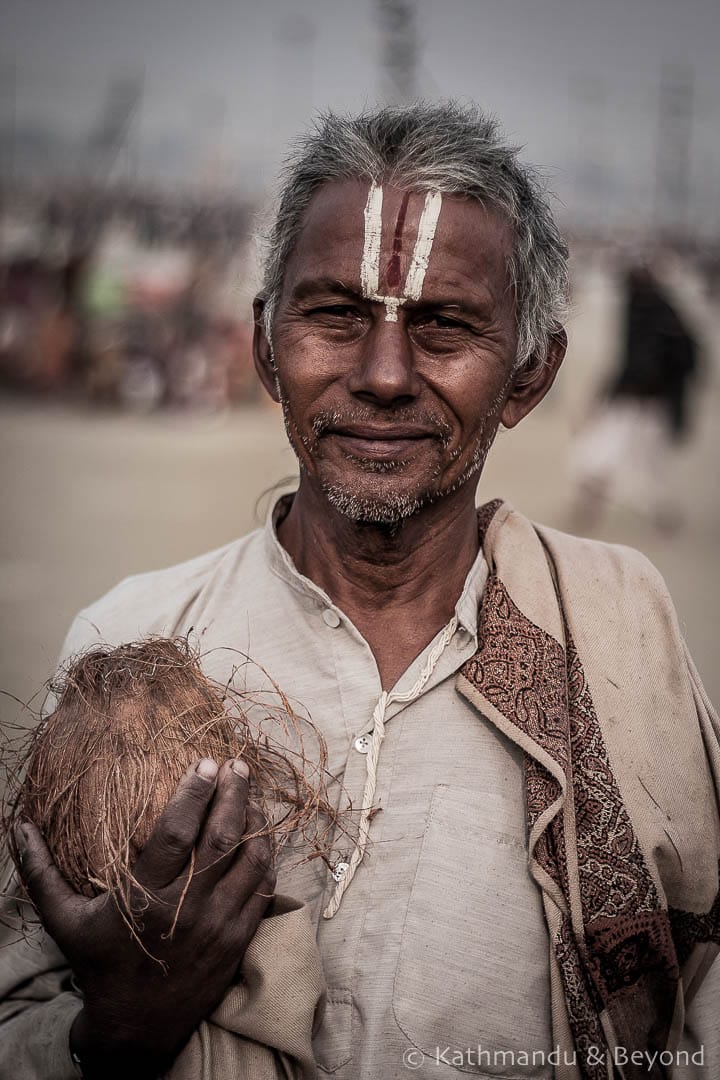
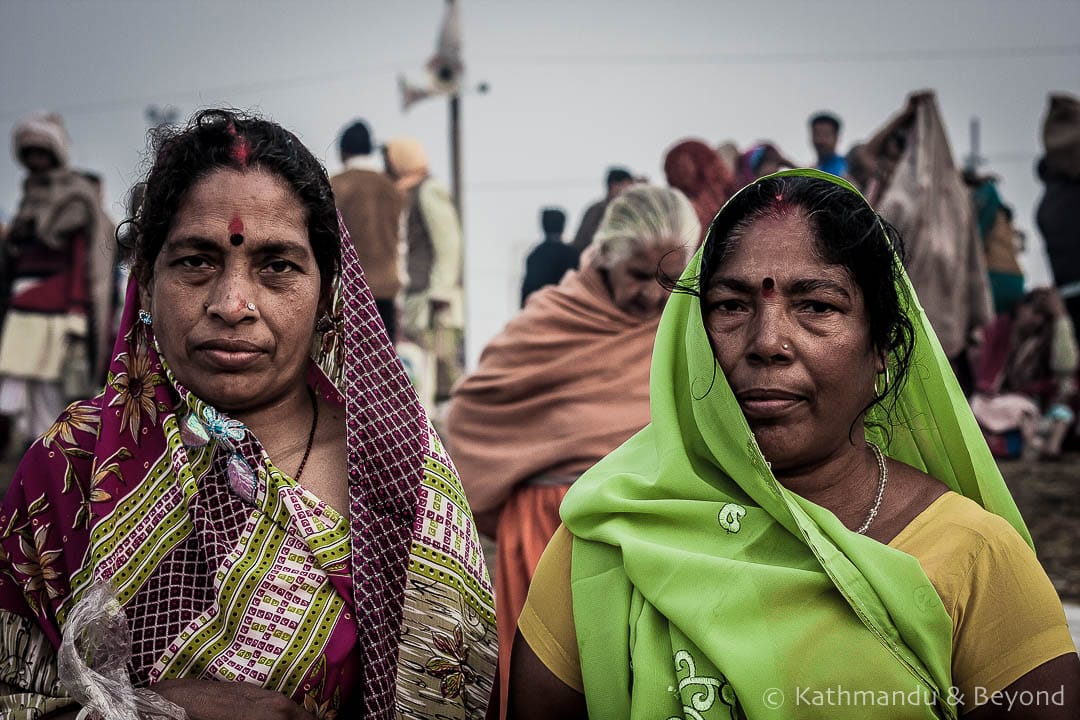
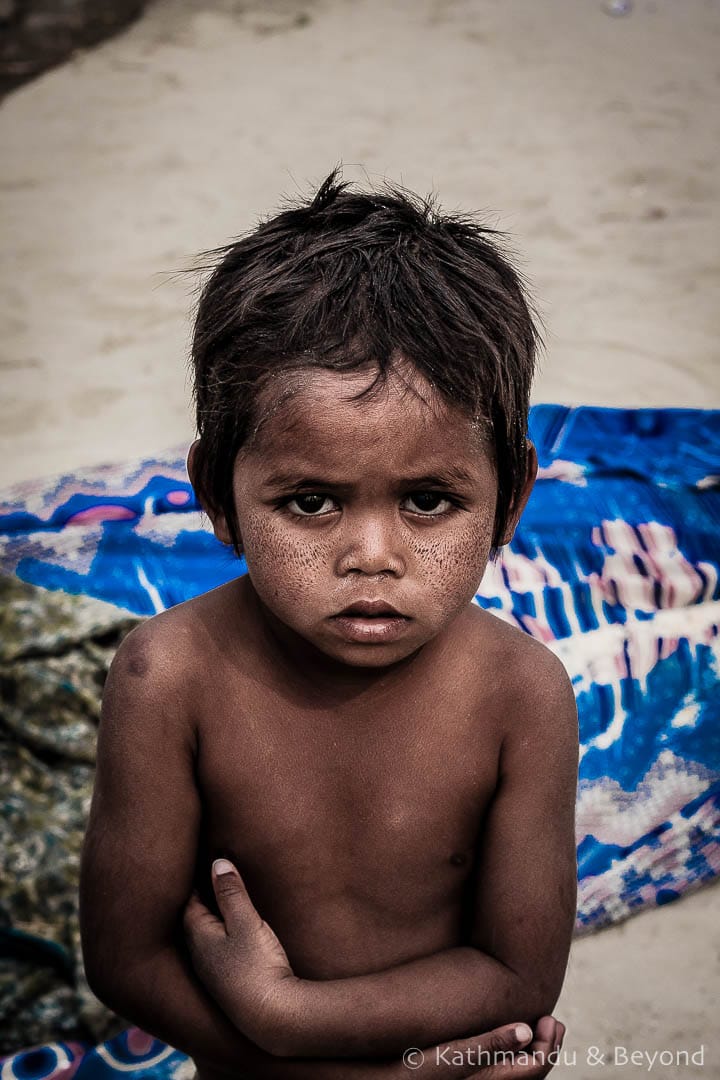
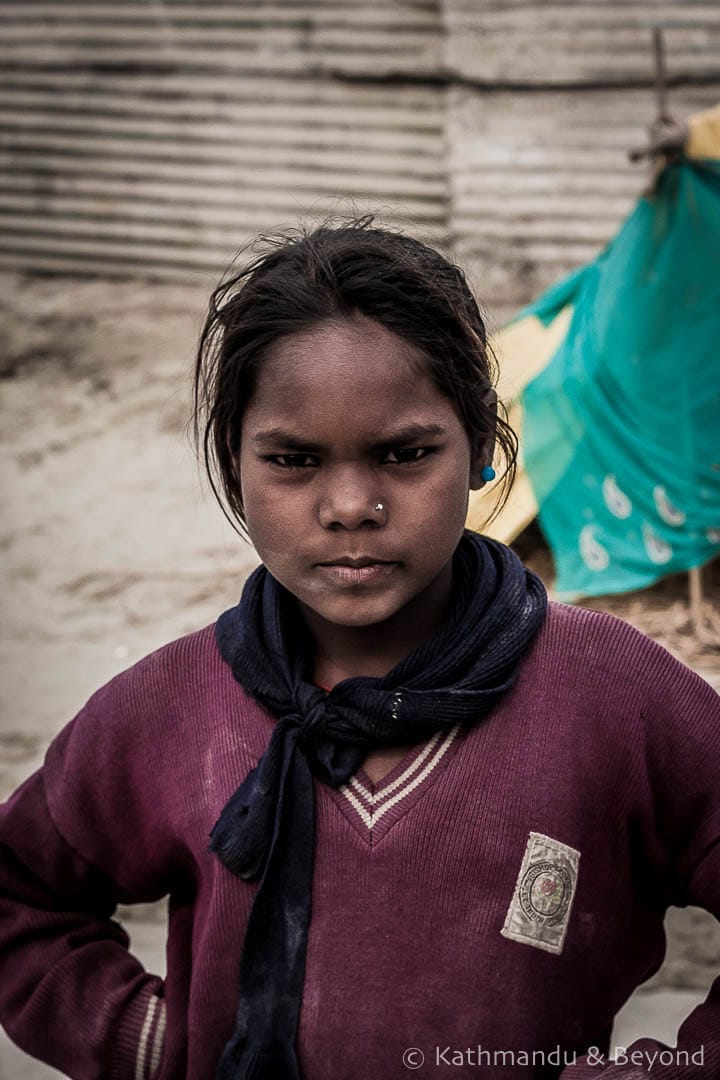
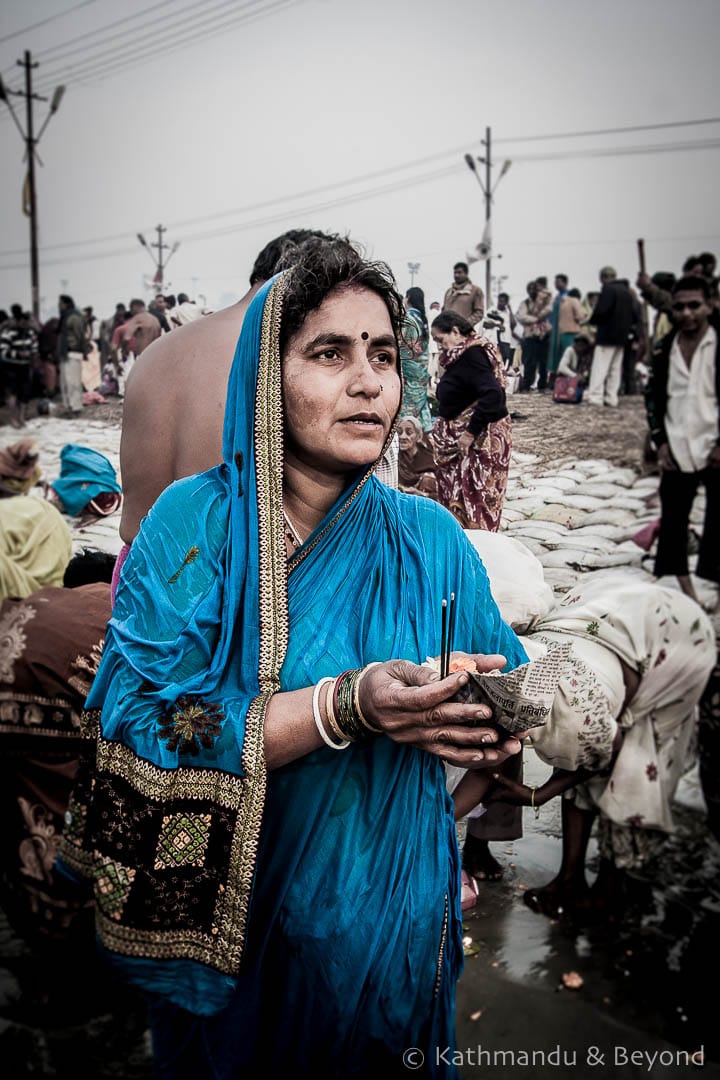
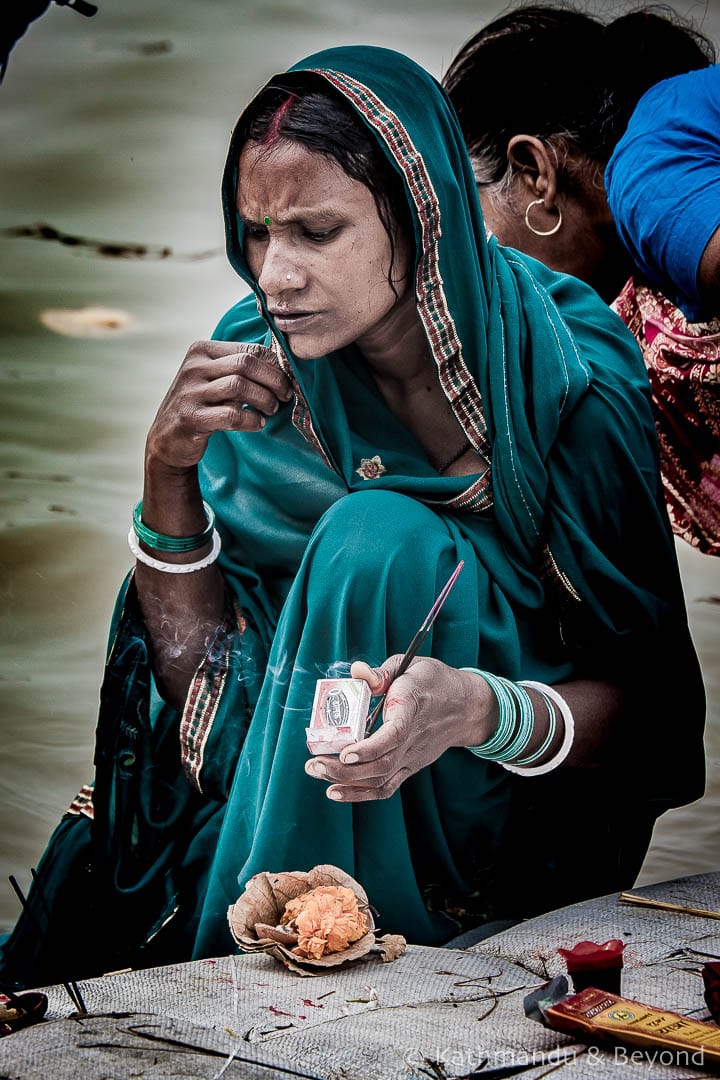
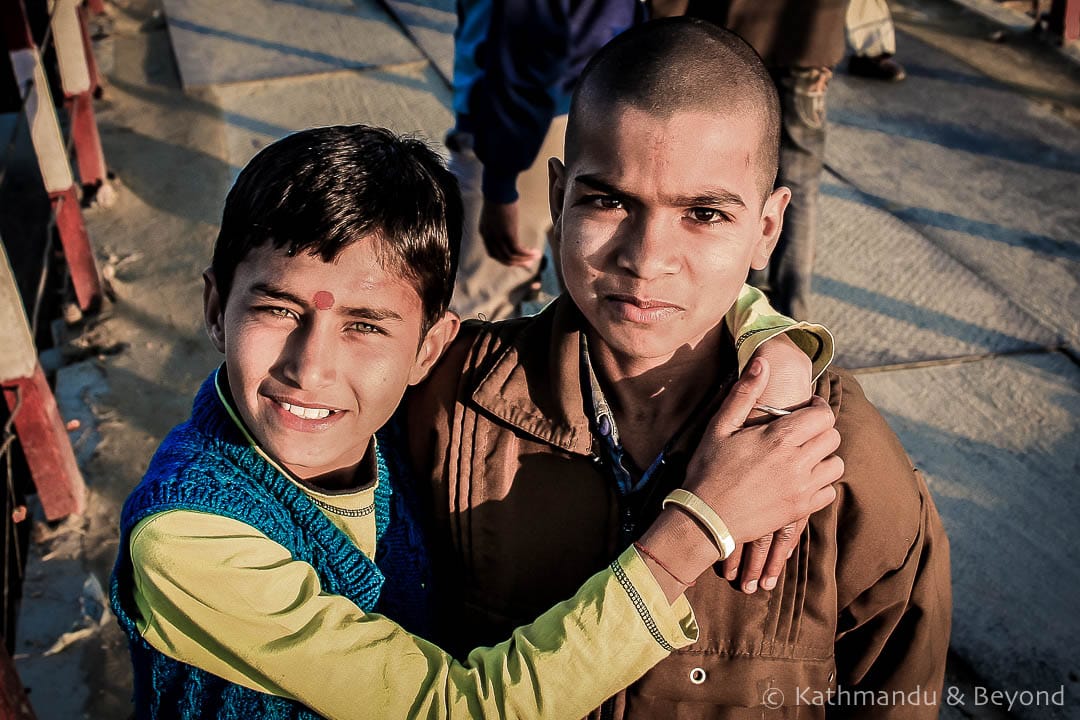
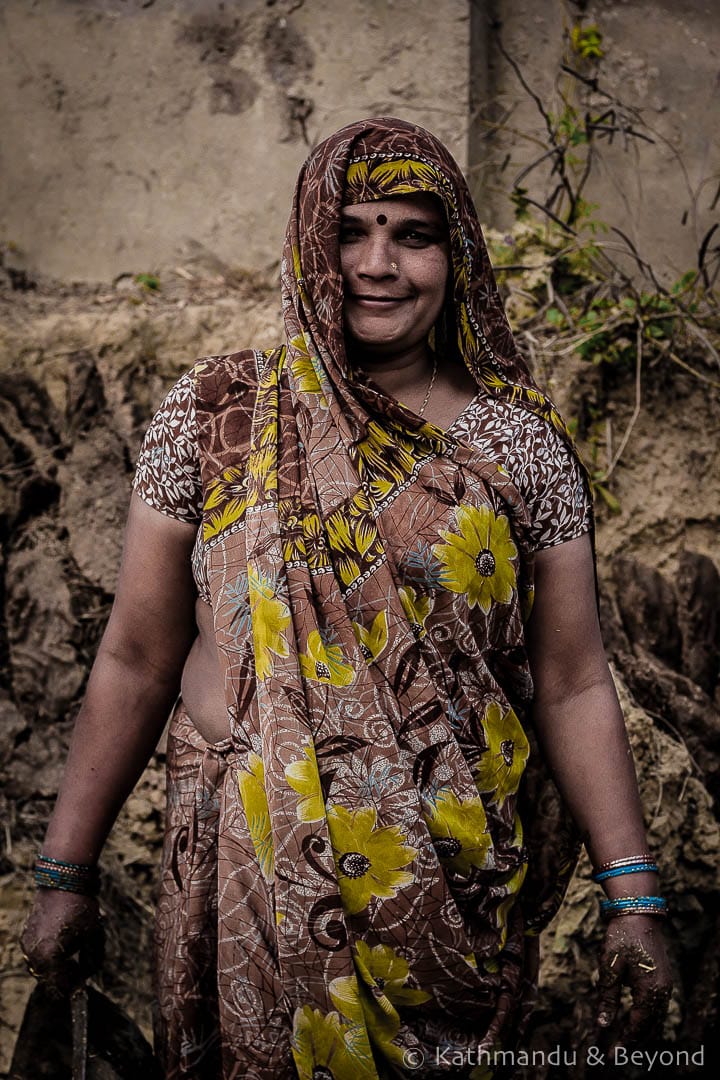
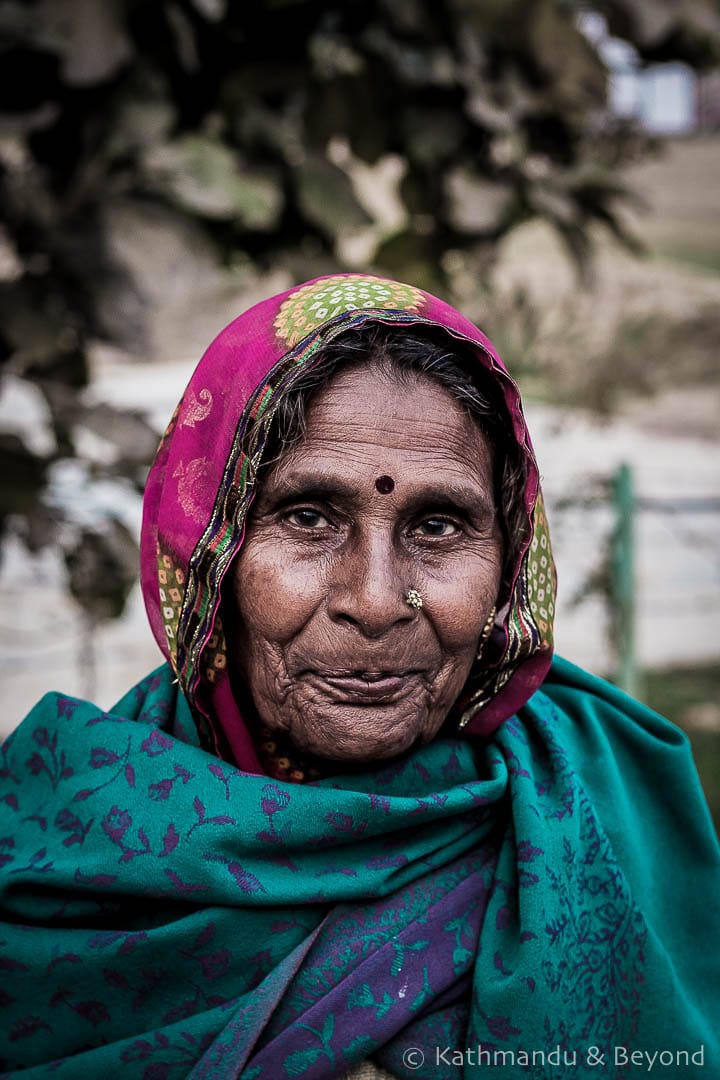
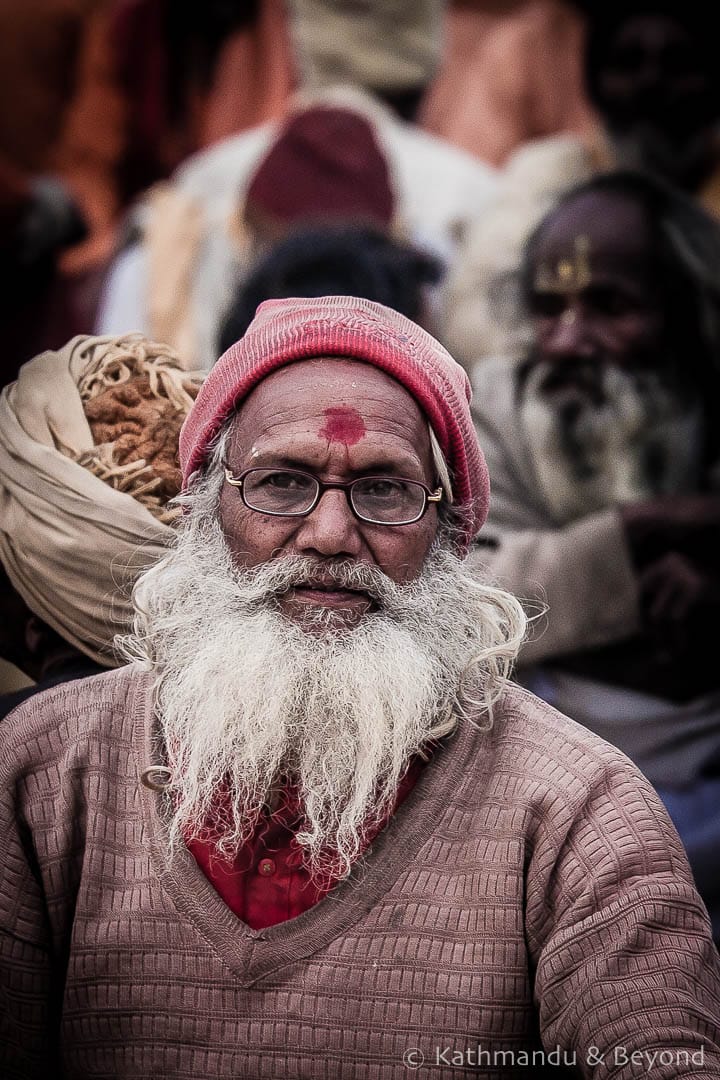
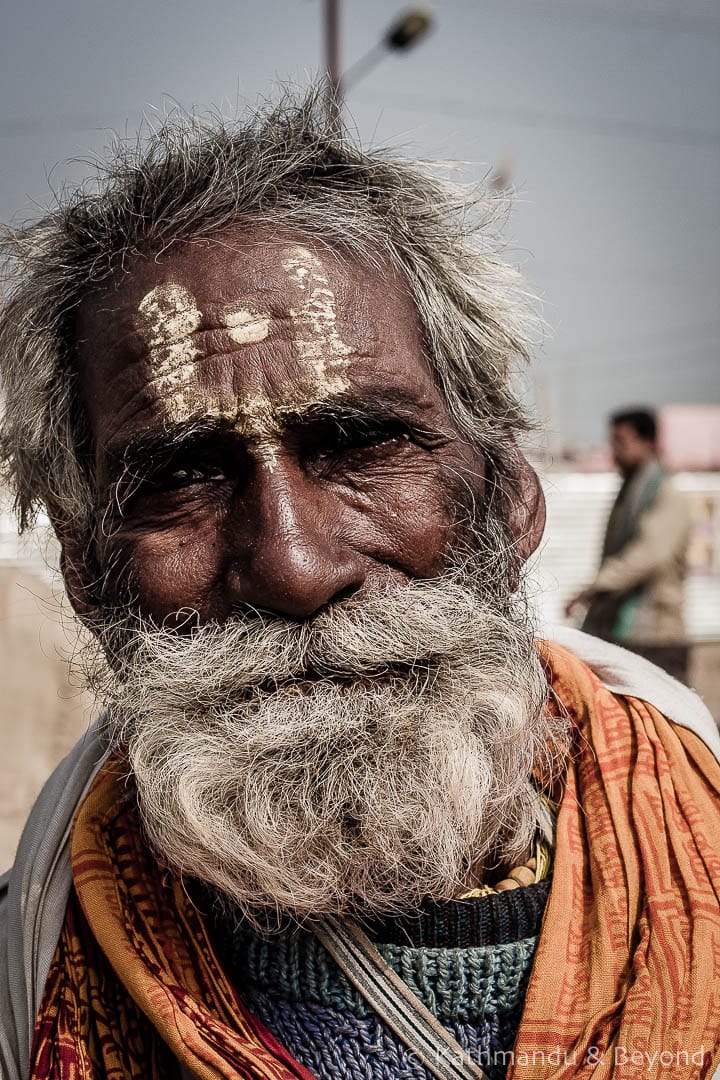
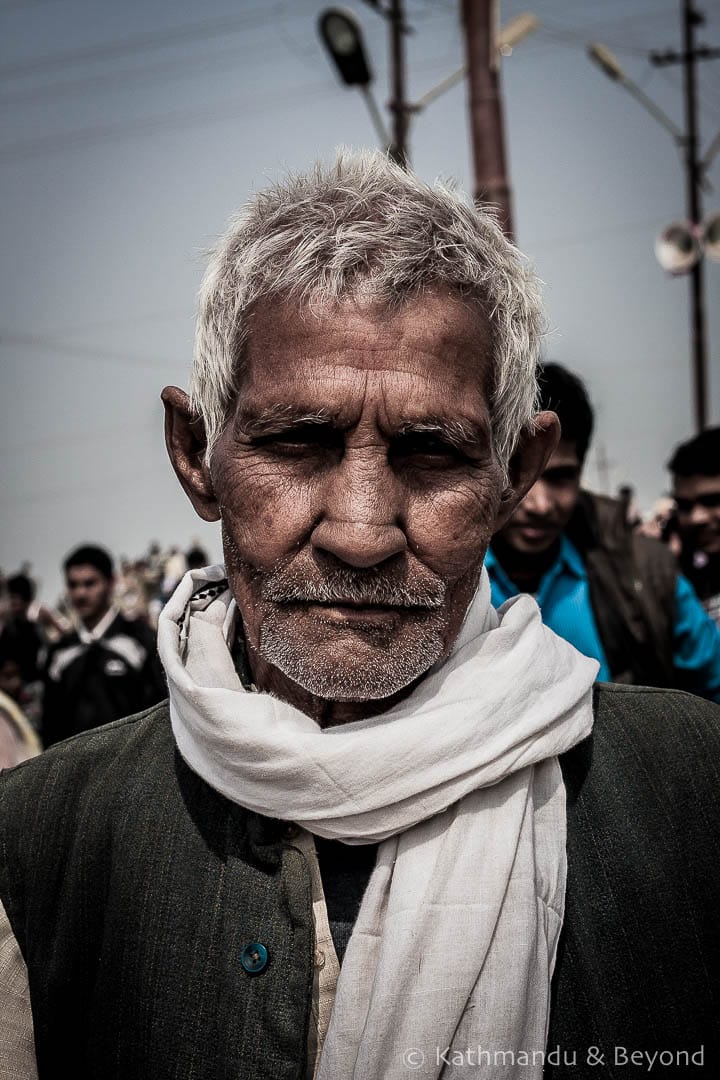
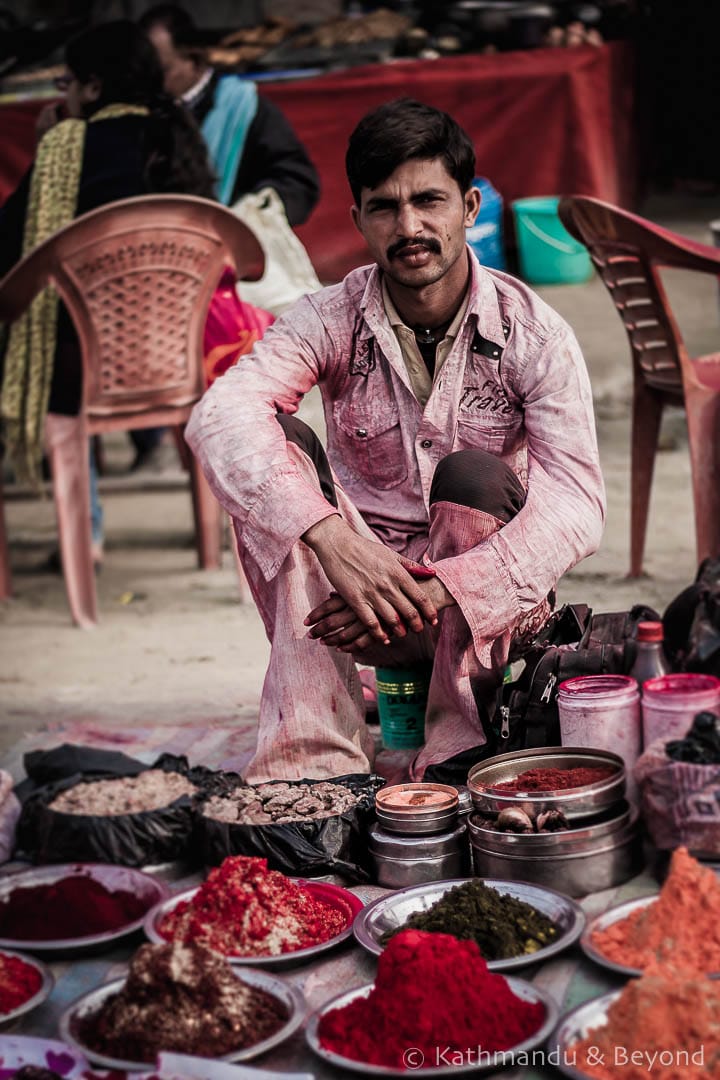
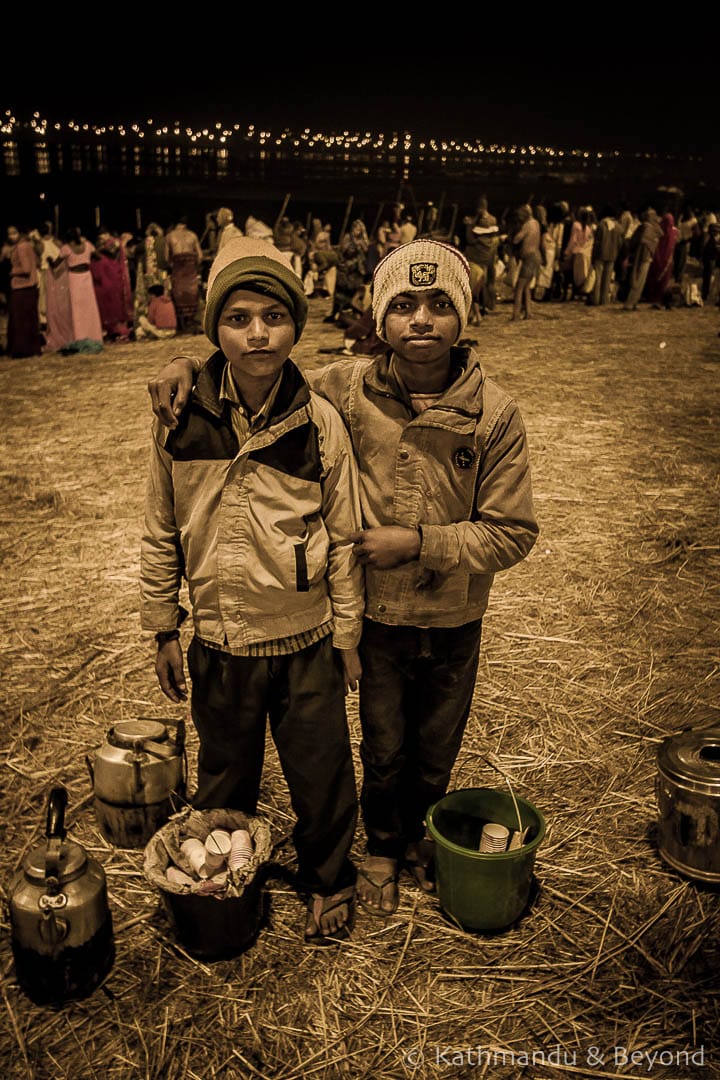
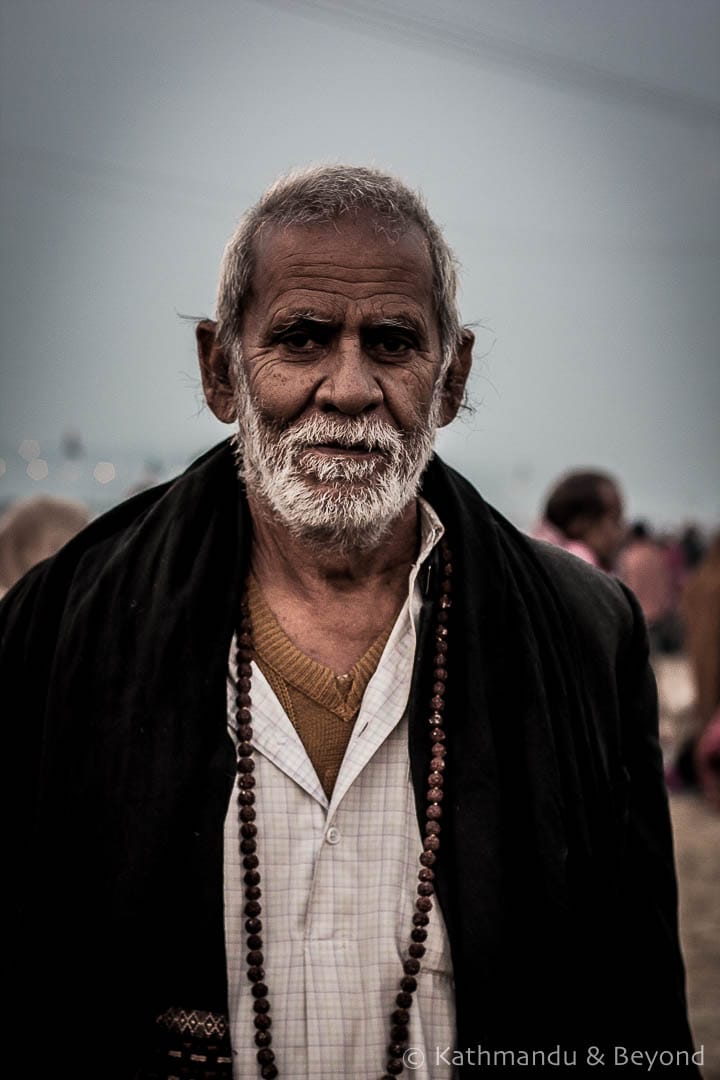
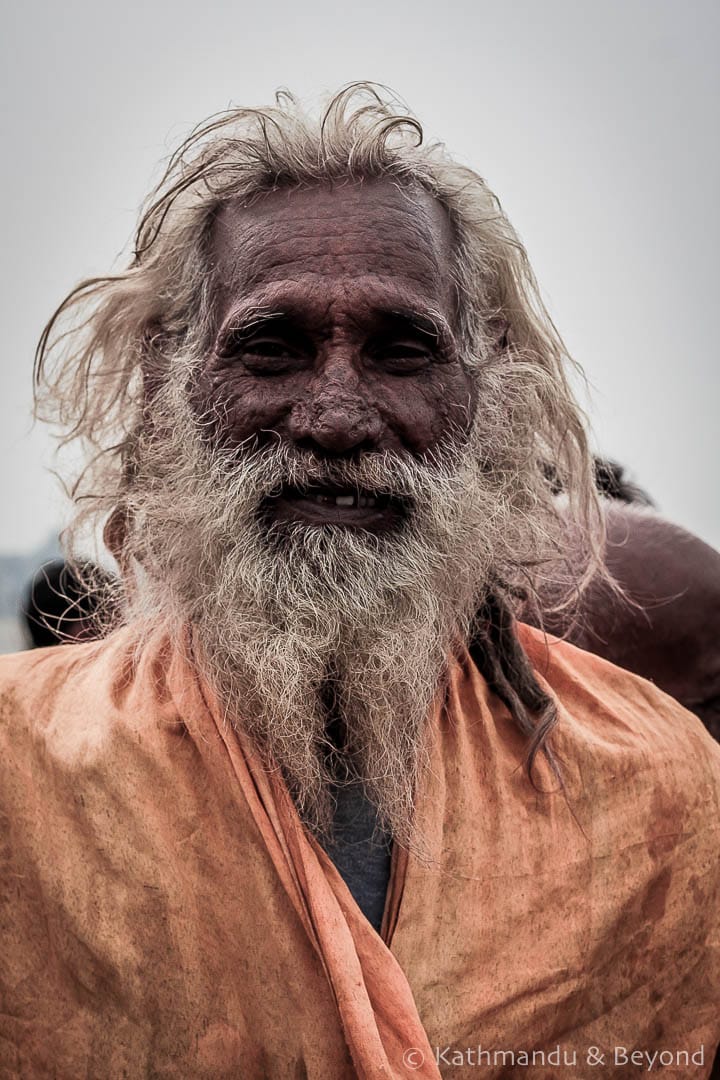
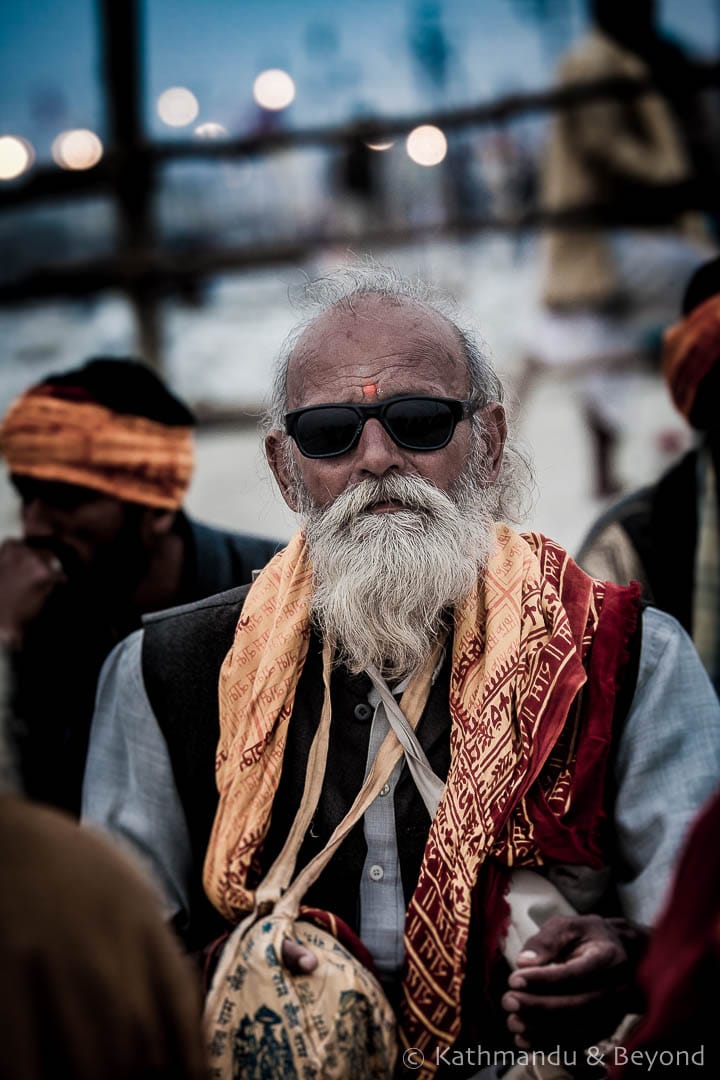
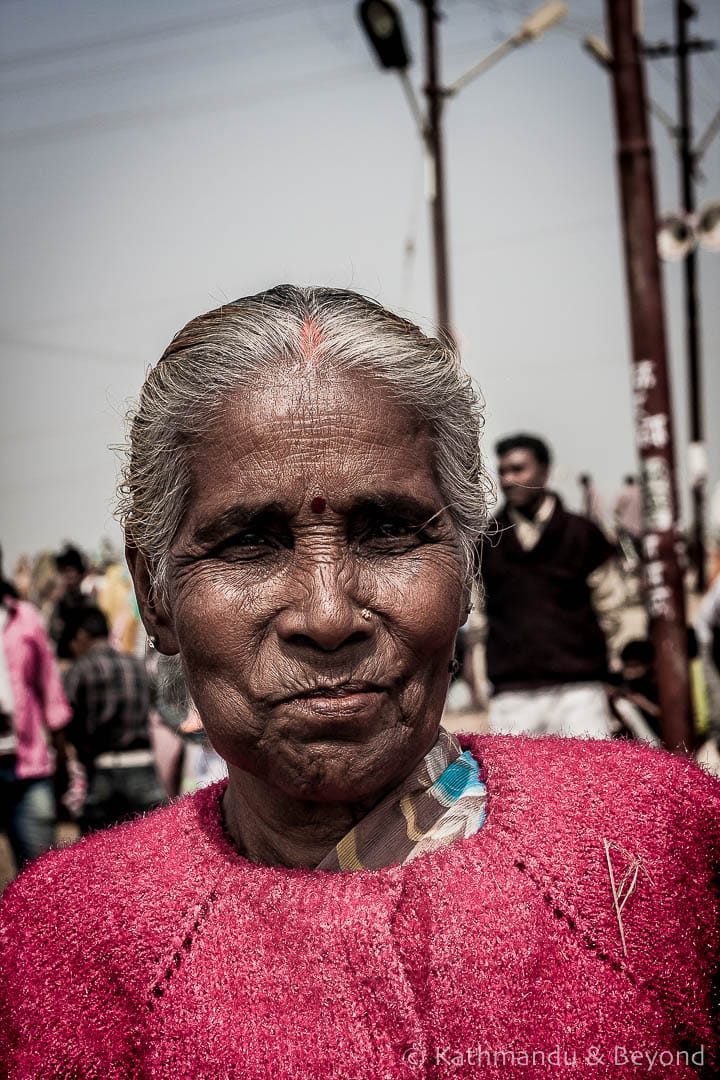
If you enjoyed looking through these faces of India, please share the post…
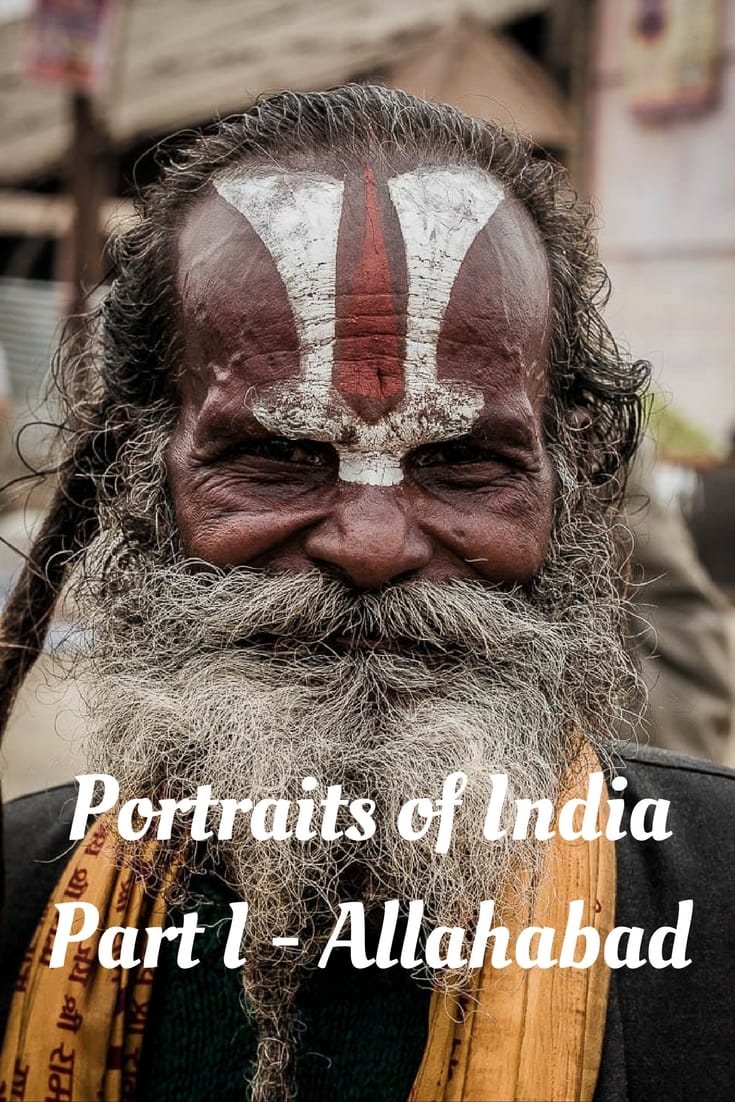
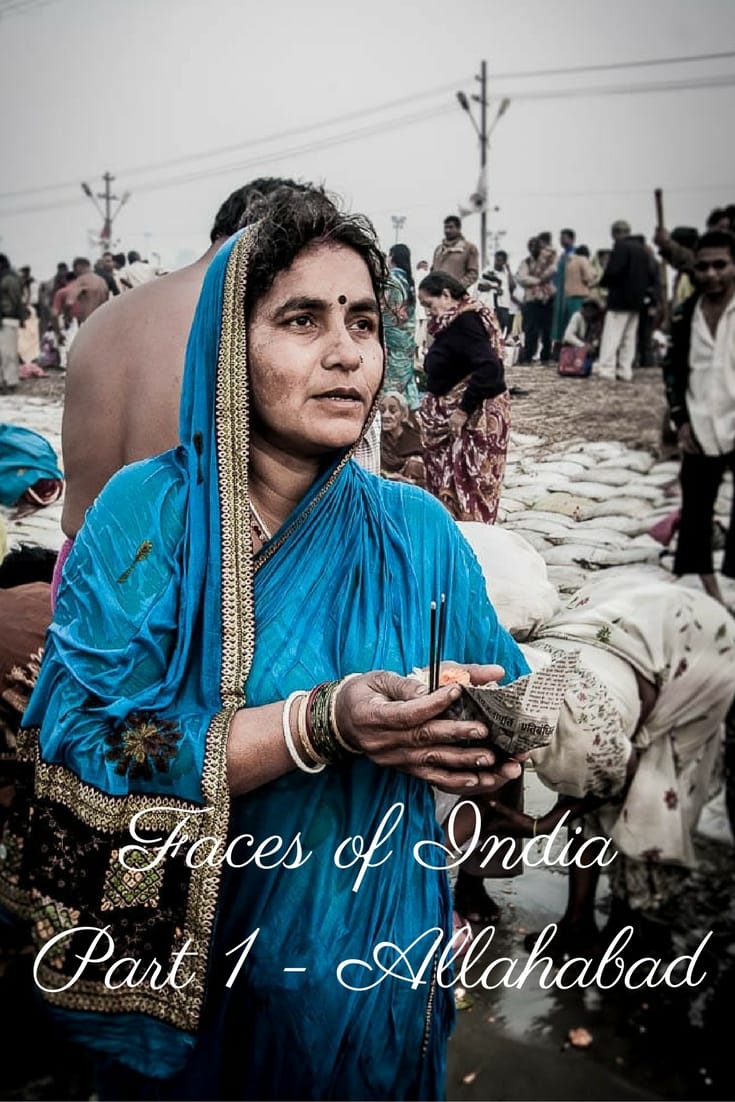

Amazing pictures of common men and women from India, and Allahabad is one of the best place to capture that. This city has history of more than thousands years, and offers so much to tourists. Thanks for sharing.
Thanks Anuj, I’m glad you enjoyed the photos. We certainly enjoyed taking them!!
Great photos! Very interesting.
In passing…where do you save your photos “on a cloud”? I’m looking for some backup options.
Frank (bbqboy)
Thanks Frank and you have caught me out on the cloud front – a bit of poetic licence! We don’t use it, simply because in most of the places we go to, the internet isn’t good enough to get our photos up there. We shoot in RAW, so each photo is about 30mb and on top of that we export them at various sizes so normally each photo ends up being around 50mb in total. We keep with trusty old back up hard drives, carrying one each and backing them up once more when we return to the UK. It’s a bit antiquated but it works!
Great pics! Showing the magic of India with these portraits.
Thank you, we enjoyed taking them!